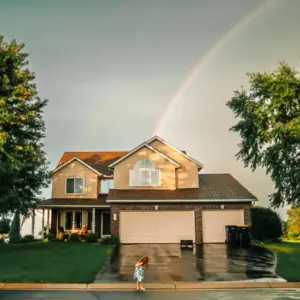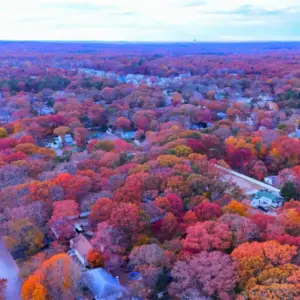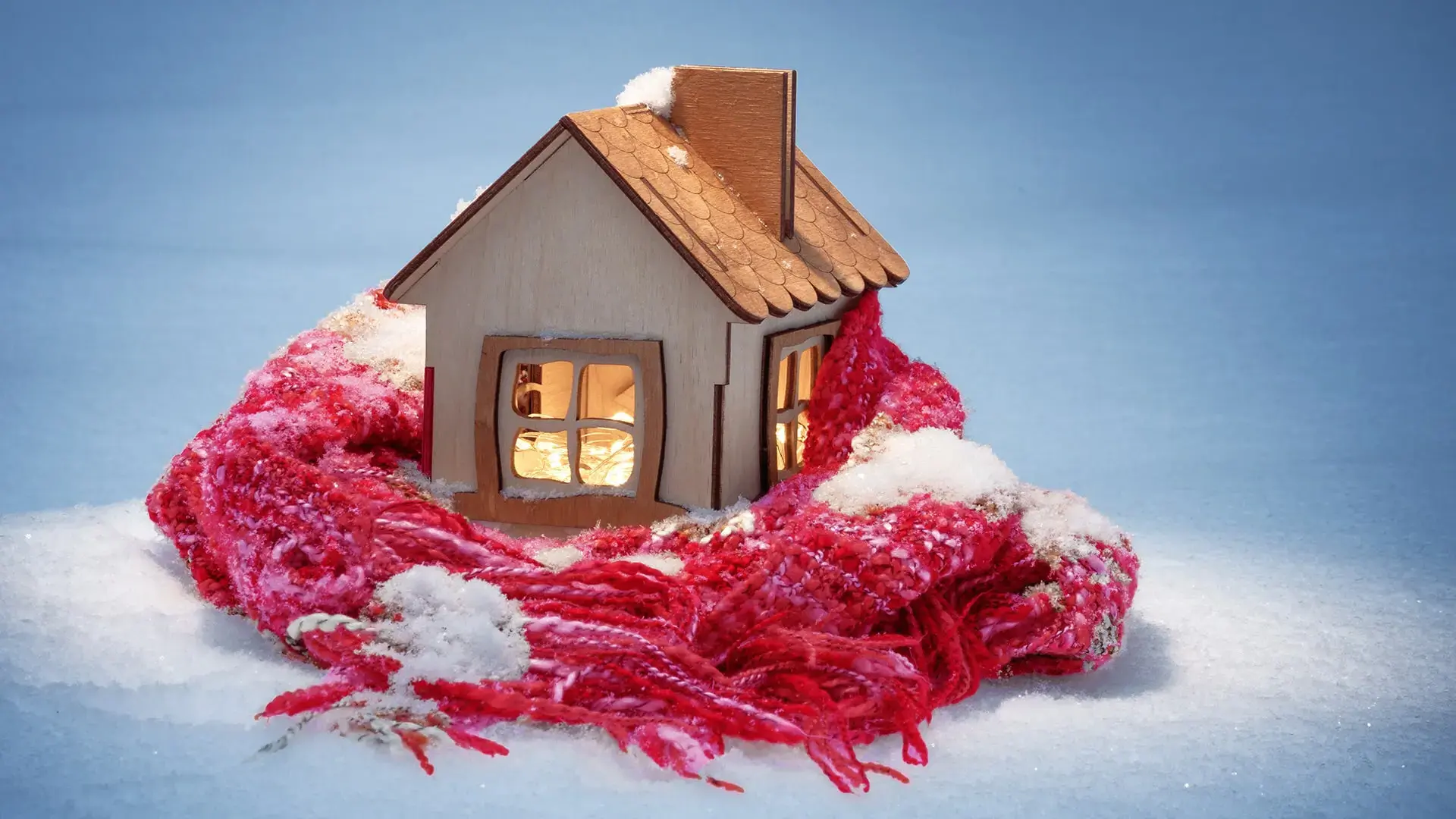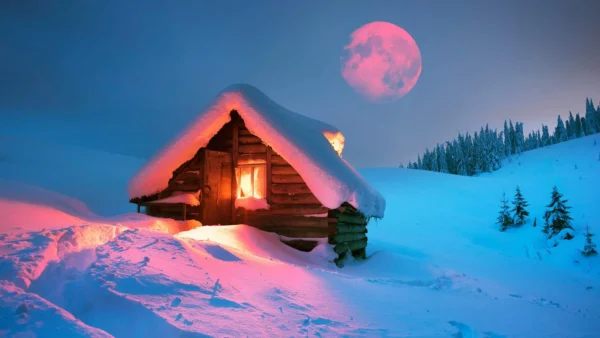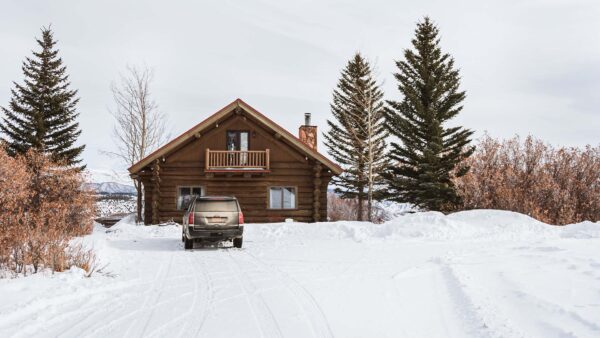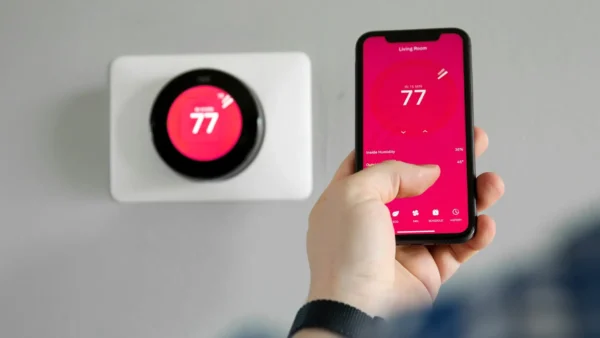The Ho! Ho! Ho! spirit associated with the start of winter can easily turn into woes as extreme weather conditions result in severe property damages. Are insureds – both homeowners and commercial landlords – adequately prepared for extreme weather in terms of risk mitigation as well as awareness of their insurance coverage?
Property maintenance, typically including external and internal structural integrity as well as inspection of pipes and water drainage, prior to the beginning of winter is key to a risk mitigation plan, says Alex Gemmiti, a senior broker at Mitch Insurance. Not only can severe winter weather result in significant personal losses, but also negatively impact an insured’s premiums and coverage limitations,
he cautions.
Winter property damage prevention
Frozen and burst water pipes are often the cause of winter damage to homes, Gemmiti notes, the cause resulting from poor installation and maintenance. You often see the same repeat claims coming up, which consequently has a negative impact on insurance premiums. Some insurers will insist on adequate risk mitigation measures having been undertaken as a condition of coverage,
he adds.
Other structural exposures relate to the installation of utilities and the collection of snow and ice in gutters and rooftops, Gemmiti says. Homeowners and businesses should check that there is adequate sealing foam protecting the external connection of utilities while making sure gutters and other water drainage systems are clear of debris such as leaves, tree branches, etc., he notes. Another weak spot is the collection of snow and ice behind eavestroughs which can result in moisture being pushed up under the roof shingles causing roof and internal wall damage. Similarly, and possibly in conjunction, internal water seepage can result from poor insulation of attics, he explains. Attics should not be exposed to heat, this causes snow/ice on roofs to melt and work beneath the shingles.
“Attics should not be exposed to heat, this causes snow/ice on roofs to melt and work beneath the shingles.”
An area often overlooked is landscaping and how vegetation can result in poor drainage and pooling of water and ice in vulnerable areas such as the foundations of a home, says Pete Karageorgos, director of consumer and industry relations at the Insurance Bureau of Canada (IBC). Homeowners often create flowerbeds around the exterior walls of their house, which can result in a build up of ice and water which presents the threat of seepage and/or cracks forming. Measures should be taken to clear any obstructions preventing proper drainage around the structure of the house,
he adds.
How to prevent the most common causes of winter property damage
- Ensure proper installation and maintenance of plumbing fixtures to prevent frozen and burst pipes.
- Check for gaps and cracks in external walls: Using sealing foam to prevent cold, moisture, and ice from penetrating around openings such as for utilities and wiring.
- Keep snow off your roof to minimize structural and shingle damage.
- Clean your gutters to prevent water buildup and ice dams.
- Trim overhanging branches to keep any damage caused to trees cause by wind and ice away from your property.
- Avoid heating your attic as this can cause snow on roofs to melt and pool beneath the shingles.
- Keep obstructions away exterior walls as a build up of ice can cause cracks and seepage.
Winter homeowner damage exposures
Insureds should review their homeowners insurance coverage to make certain that particular perils associated with winter weather damage such as wind and flooding are adequately covered, says Karageorgos. They should also look at what policy limits and deductibles are in place in the event of a claim, he adds. The best option is to consult your broker to address any deficiencies.
/
The most common water-related winter damages include burst pipes, sewer backup and overland water (such as street flooding), Karageorgos notes. Until fairly recently, various types of water damage coverage was only available to commercial insureds. Insurance companies have now extended these coverages to homeowners which can be purchased as “add-ons” to standard homeowners policies, he points out. There’s more water coverage options available now which homeowners might not be aware of.
A typical example of the above is ground water coverage, says Gemmiti. This coverage, which provides protection against ‘sudden and accidental’ flooding, is growing in popularity,
he states. However, not all insurance companies offer this type of coverage, so homeowners should check with their brokers to make sure they are covered. I have ground water coverage for my own home, which I strongly recommend,
he adds.
Winter commercial property damage exposures
The effects of extreme cold, snow, ice, sleet and freezing rain should be addressed in an enterprise’s winter hazard control program (WHCP), states an advisory report titled Some cold, Hard Facts on Winter Risks to Property issued by Zurich North America. The Zurich report – targeted at primarily commercial entities – stresses the need for insureds to create a WHCP to not only provide a systematic approach to risk mitigation but also serve as verification of measures taken in the event of an insurance claim.
The insurer notes that heavy snowfall can create serious structural challenges and even place members of a businesses’ workforce at risk. Significant snow accumulations on rooftops present the potential for overloading and even building collapse. Additional challenges face buildings with parapet walls, solar panels or other rooftop equipment installations. These items could result in additional load on the roof due to the effects of sliding and drifting snow. It’s vital to have qualified engineers confirm a roof’s snow-load capacity and verify that it can support additional loading.
Zurich provides the following risk mitigation tips to commercial insureds:
- Ongoing maintenance of drainage systems;
- Ensure that trees and branches are clear of a building as freezing rain accumulation can cause them to collapse;
- Frozen water lines and sprinkler present significant risks not only in terms of bursts, but a fire hazard if fire-protection systems are impaired; and
- Building heating should be provided in areas with water piping, while dry-pipe sprinkler systems should be considered where there is exposure to freezing temperatures. Insureds should verify that heated spaces are also well insulated and subject to inspection.
Furthermore, Zurich notes that even with the best WHCP in place, a weather-related crisis may still occur. Your business plan for seasonal risks should include procedures for immediate medical assistance if needed, and handling of claims, including claims notification, documentation and prompt investigation,
the report concludes.
Looking for home insurance?
Speak with a Mitch Insurance broker today to get a quote on Ontario home insurance. Learn more >
Call now
1-800-731-2228
